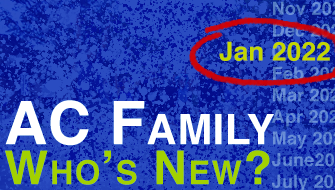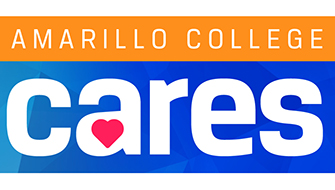Should I Use the 70-20-10 Rule for My Budget?
ECU members and all residents of the Texas Panhandle can practice saving using these budgeting basics.
70-20-10, or 50-30-20? If either of those numerical trios looks familiar to you, then it’s likely you’ve stumbled upon or sought out popular budgeting advice. Both 70-20-10 and 50-30-20 are elementary percentage breakdowns for spending, saving, and sharing money. Using the 70-20-10 rule, every month a person would spend only 70% of the money they earn, save 20%, and donate 10%. The 50-30-20 rule works the same.
Money can only be saved, spent, or shared
Saving money can be as elaborate as CD laddering, a blend of Roth and traditional IRAs, or a 403(b) retirement plan, but it’s still saving money. Spending money can be as simple as purchasing a soft drink from your favorite local convenience store or taking out a 30-year mortgage on your first home. Sharing money can be as simple as putting some change in the firefighter’s boot as they fundraise at major intersections, donating to High Plains Public Radio, or having the tithe to the religious organization of choice automatically deducted from your checking account. The concept of “Save, Spend, Share” is a great beginning to more practical financial understanding, much the same way the 70-20-10 rule (or other popular variations) is a great beginning to understanding real budgeting.
A budget is an essential tool for becoming financially stable
Budget is a word that carries negative connotations, so our financial educators often refer to a budget as a map. Maps are essential to getting us to any destination we choose as efficiently as possible. Budgets do the same thing, just with money. If your destination is to be debt-free, then your budget will be your map to get there as quickly as possible based on the money you make.
If someone feels bad about not making the 70-20-10 rule work for them, or it doesn’t look or feel like they think it should, an apt comparison (when we think of a budget like a map) would be like someone asking, “How do you drive from Amarillo to Washington, DC?” and being met with, “You drive about 1570 miles East-Northeast.” It’s true, but it’s too vague to be of much use, especially for people who do not make a habit of taking long, unfamiliar road trips.
Financial professionals recognize that most people not only travel without maps (they spend, save, and share their money without a budget) but also that few people have only 70% of their monthly income obligated to bills.
So when they chart a course on a map, they break it down by category:
- Housing – 25%
- Transportation – 15%
- Saving – 15%
- Medical/Insurance – 10%
- Utilities – 7%
- Groceries – 10%
- Installment Payments (credit cards, student loans, etc.) – 6%
- Clothing – 2%
- Giving – 5%
- Discretionary – 5%
This is a template; hardly anyone’s budget looks this way. But it’s a starting point and far more detailed and actionable than 70-20-10 or 50-30-20. Knowing exactly how much money you spend in each category will help you cut corners when and if necessary. Are you driving a vehicle that uses far more than 15% of your monthly income? How much more than the recommended 15% is it, and what else could you have if you downsized or refinanced your vehicle? If downsizing a vehicle, home, or apartment isn’t an option, then are you spending too much eating out rather than finding bargains at the grocery store? Where else can you cut costs?
A true budget reflects not only how we spend our money, but it also requires us to be mindful of how we use our money and how we could use it to further our actual goals. ECU has a team of over 30 certified credit union financial counselors who are happy to meet with anyone and provide professional one-on-one guidance specific to their needs. Appointments can be made online, or by contacting an Education Credit Union representative over the phone or at a branch. We look forward to learning more with you so we can live more!
Blog written by Colten Hibbs, Financial Educator - CCUFC, Education Credit Union


